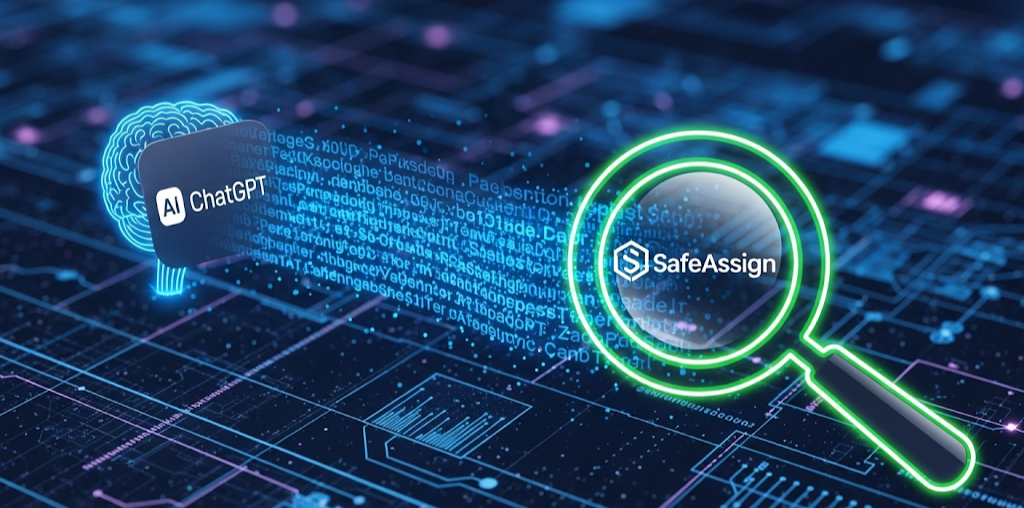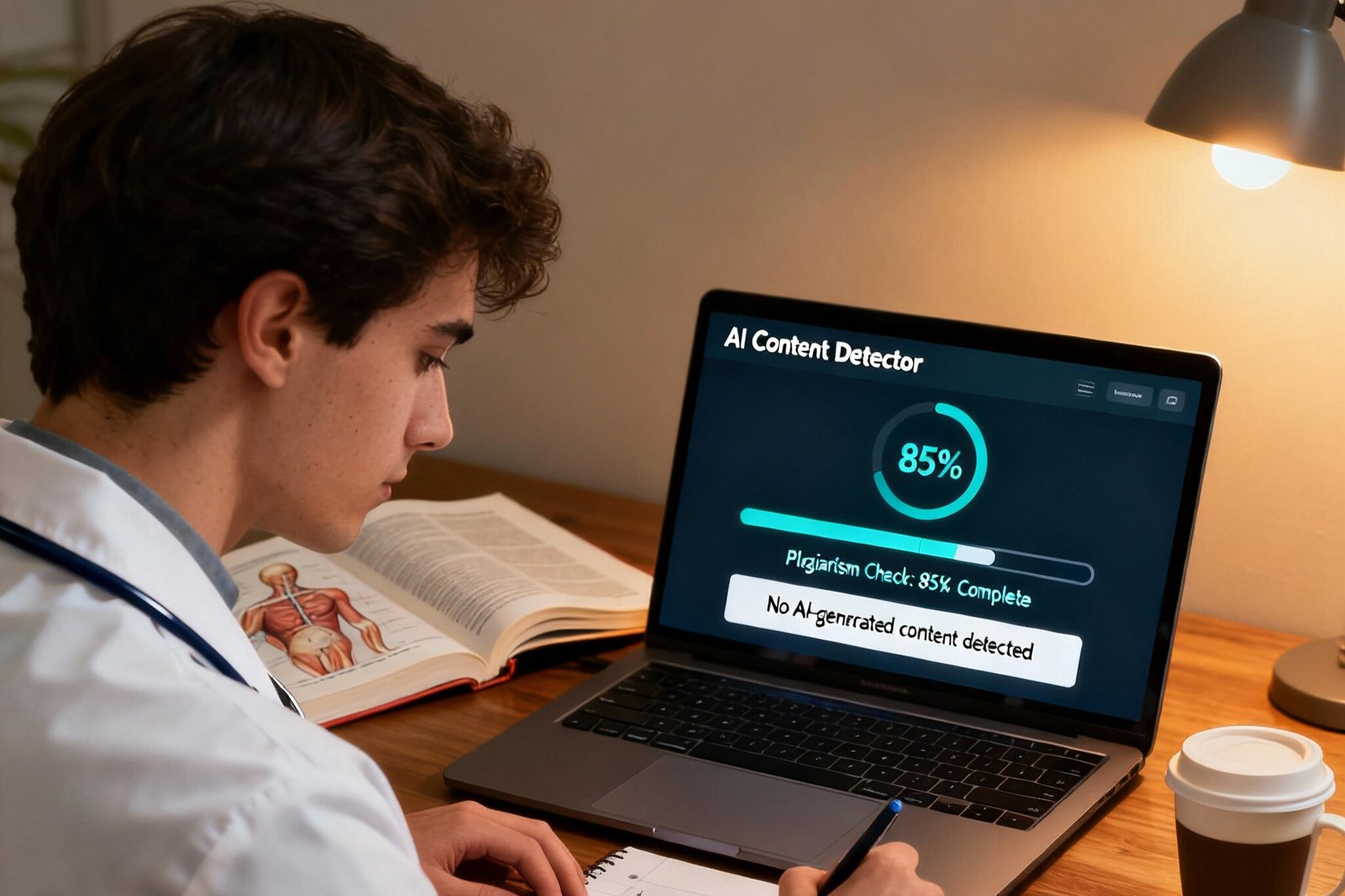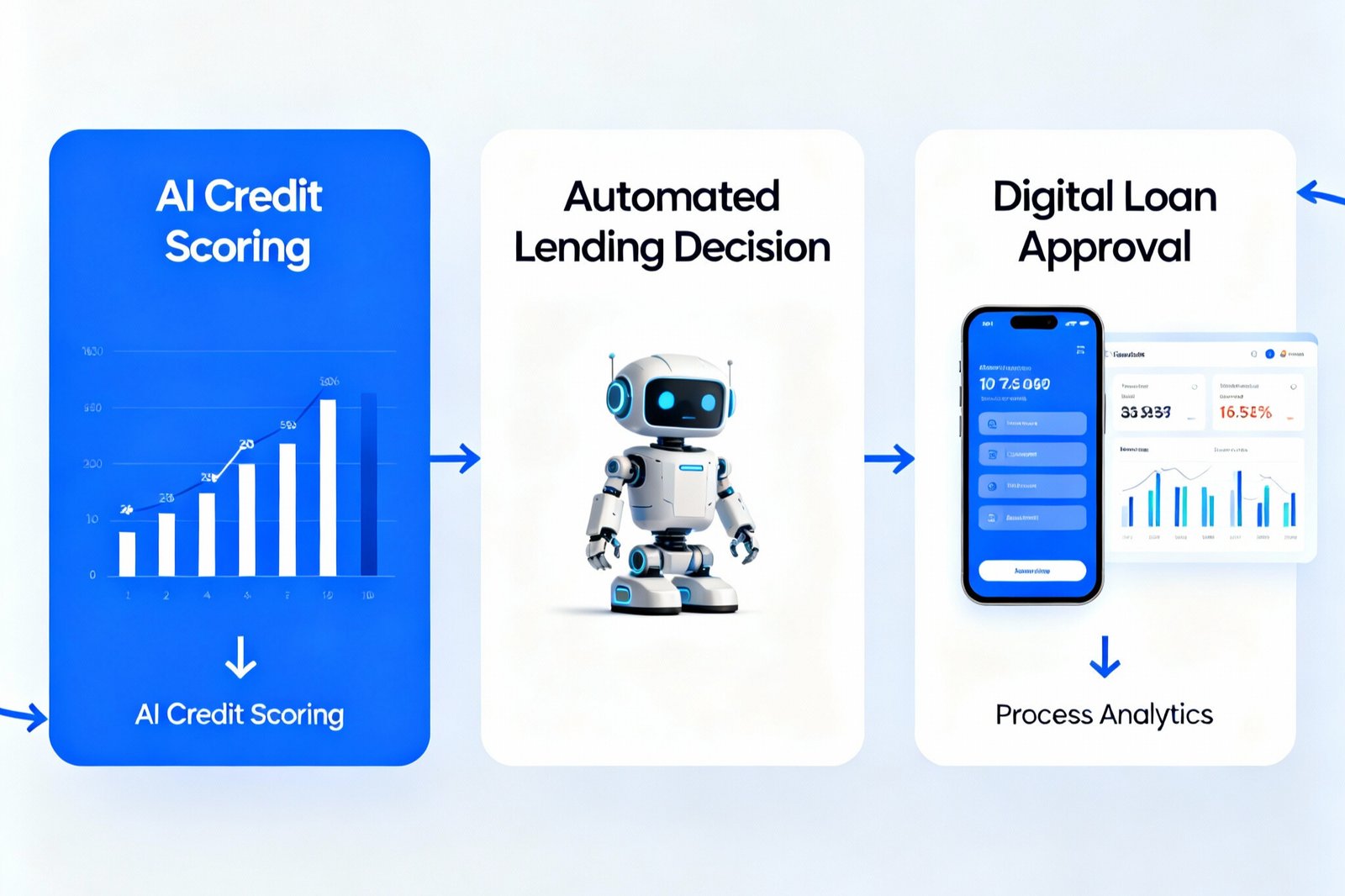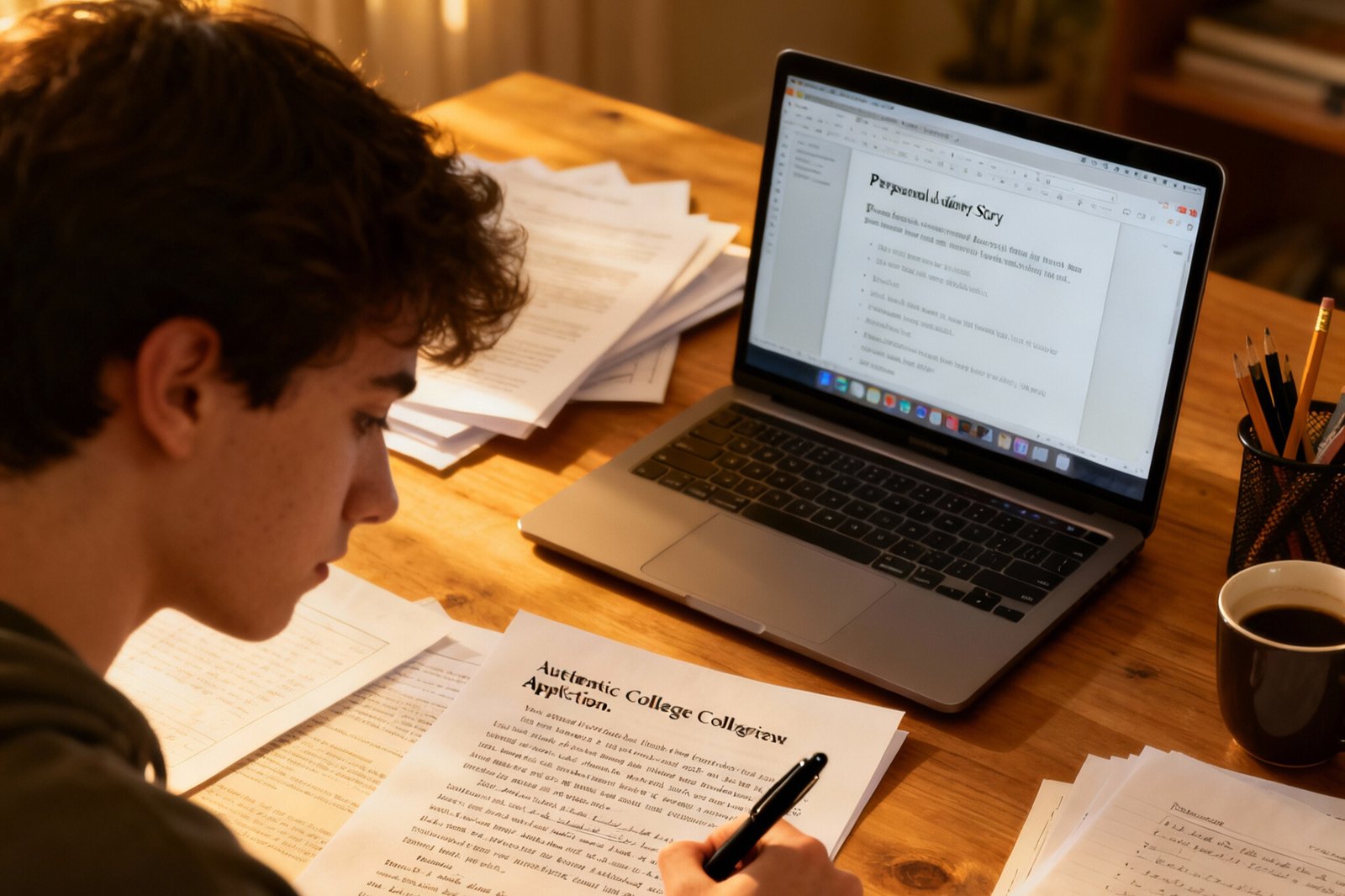With the rise of AI tools like ChatGPT, students, educators, and writers are asking a critical question: Does SafeAssign detect ChatGPT-generated content? In an era where AI is becoming a powerful tool for writing essays, research papers, and more, understanding how plagiarism detection systems like SafeAssign work is crucial.
In this article, we’ll break down whether SafeAssign can identify ChatGPT text, how AI writing works, and what alternatives you can use to detect AI-generated content. By the end, you’ll have a clear understanding of the issue and be well-equipped to navigate these tools.
What is SafeAssign and How Does It Work?
SafeAssign is a plagiarism detection tool widely used by educational institutions to ensure academic integrity. It works by comparing submitted content against a vast database of existing papers, articles, and other documents. When a student submits an assignment, SafeAssign checks it for similarities with texts stored in its database and flags any potential plagiarism.
However, here’s the catch: SafeAssign is designed to detect similarities between text already available online or within its database. It’s not specifically built to identify AI-generated content like ChatGPT.
Key Features of SafeAssign:
-
Plagiarism Detection: Compares text to a database of documents.
-
Originality Report: Highlights text that matches existing content.
-
Academic Integrity: Helps prevent students from copying others’ work.
While SafeAssign is effective for spotting copied or paraphrased text, it lacks the capability to specifically flag content written by AI tools like ChatGPT.
Does SafeAssign Detect ChatGPT-Generated Text?
So, does SafeAssign detect content produced by ChatGPT? The short answer is: No, SafeAssign cannot reliably detect ChatGPT-generated text.
Here’s why:
-
ChatGPT Writes Original Content: When you ask ChatGPT to write something, it generates new text based on patterns learned from large amounts of data. This means the output isn’t directly copied from anywhere, making it hard for SafeAssign to flag as plagiarized.
-
Lack of AI Detection Capabilities: SafeAssign doesn’t have a built-in AI detection feature. It focuses primarily on matching submitted content with existing sources, so AI-generated text won’t show up unless it mirrors something already in its database.
-
AI Writing Is Unique: Unlike traditional plagiarism, AI content doesn’t typically have direct matches to any specific document, especially if it’s freshly generated. SafeAssign’s algorithm isn’t designed to detect whether a text was written by a machine.
Example:
If a student submits an essay generated by ChatGPT, SafeAssign will likely treat it as original content unless parts of it match existing articles or papers. This is because ChatGPT creates content based on various data points, not by copying from a single source.
Alternatives to SafeAssign for Detecting AI Content
Since SafeAssign can’t detect ChatGPT text, you might wonder: How can you identify AI-generated content? Thankfully, there are other tools specifically designed to spot AI writing.
Here are some popular alternatives:
| Tool | Purpose | Pros | Link |
|---|---|---|---|
| Turnitin | Plagiarism & AI detection | Comprehensive database, AI detection features | Turnitin Official |
| GPTZero | Detects AI-generated text | Focused on ChatGPT and other AIs | GPTZero Website |
| Copyleaks | Detects plagiarism & AI content | AI detection and plagiarism checks | Copyleaks AI Detection |
Turnitin has recently introduced AI detection features that can help identify if a piece of text was generated by a tool like ChatGPT. GPTZero, on the other hand, was designed specifically to spot AI-written content, making it a reliable option for educators.
Tips for Ensuring Your Work Passes Academic Integrity Checks
If you’re a student or professional worried about passing academic checks, here are a few tips to help:
-
Avoid Relying Solely on AI Tools: While ChatGPT can help you generate ideas, don’t use it to write entire essays or papers. Ensure you add your own thoughts and analysis to make the work truly yours.
-
Use Multiple Plagiarism Checkers: Since SafeAssign isn’t the only tool out there, use others like Turnitin or GPTZero to check your content for AI generation before submitting it.
-
Cite Your Sources Properly: Even if you use AI tools for research, always make sure to properly cite any sources, including information that might have been paraphrased from AI outputs.
Conclusion: Stay Ahead with AI Detection Tools
In conclusion, SafeAssign does not detect ChatGPT-generated text because it is designed primarily to check for plagiarism in existing documents, not to identify AI writing. However, with the rise of AI-generated content, tools like Turnitin, GPTZero, and Copyleaks are emerging to help educators and students detect AI usage.
If you’re a student or writer, it’s important to stay aware of these tools and their capabilities. Using AI responsibly and adding your own critical thinking and analysis will ensure your work is both original and of high quality.
Call to Action
Want to learn more about plagiarism detection or explore AI detection tools? Check out Turnitin or explore our comprehensive guide on AI content detectors.
FAQs
Does SafeAssign detect AI-generated content like ChatGPT?
SafeAssign does not specifically detect AI-generated content, as it focuses on plagiarism from existing sources in its database.
Can I use ChatGPT to write my assignment without getting caught on SafeAssign?
While SafeAssign won’t flag ChatGPT content directly, it’s essential to ensure your work is original and properly cited to avoid any issues with academic integrity.
What are the best tools to detect ChatGPT-written text?
Tools like Turnitin, GPTZero, and Copyleaks are designed to detect AI-generated text, including content produced by ChatGPT.
How does SafeAssign identify plagiarism?
SafeAssign compares submitted text against a large database of academic papers and online content to identify similarities and potential plagiarism.
Is it safe to use AI tools like ChatGPT for academic assignments?
While ChatGPT can assist with writing, it’s crucial to add your own insights, properly cite sources, and ensure the work adheres to your institution’s academic standards.








Leave a Reply